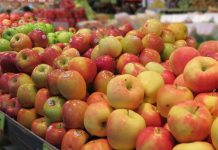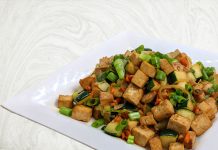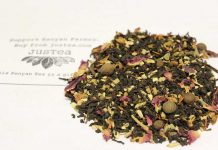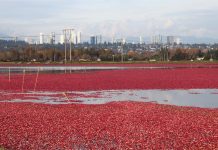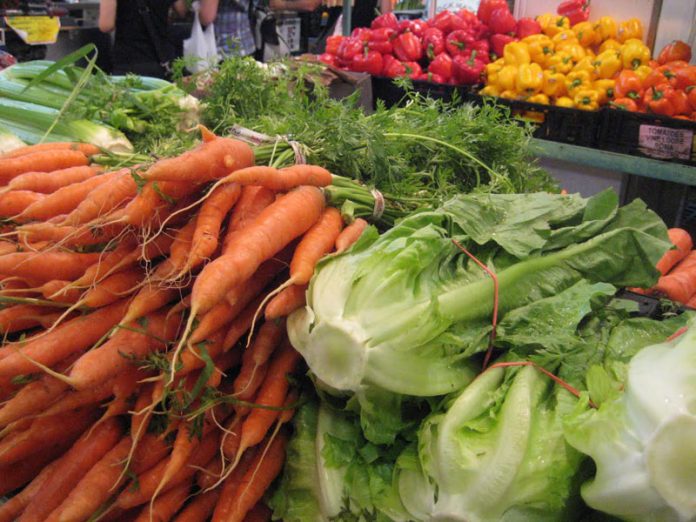
What are the top 2016 resolutions for better living? How to make healthy choices to boost you and your family’s well-being?
Happy New Year! It’s a time many of us reset our priorities for a fresh start. What are the top 2016 resolutions for better living? A GOBankingRates survey reveals that, “enjoy life to the fullest” tops the list, followed by “live a healthier lifestyle” and “lose weight”.
Good health is one of the most important things to people, notes OECD Better Life Index in their health survey of OECD countries. It generates other benefits, like better education and job access, enhanced productivity and wealth, reduction in health care costs, good social relations, and naturally, a longer life.
Healthy Choices Starts with You
Improving our well-being and our family’s health begins with adopting wholesome choices. With respect to trying to eat more healthfully in 2016, Anne Swann, a Public Health Dietitian at Vancouver Coastal Health suggests, “Understand that we set the tone for our family’s eating by what we bring into the home, how we display it and what we emphasize.”
“Canada’s Food Guide and its four food groups are meant to be a guide, not a set of rules. Children learn by what they see, and tend to copy what we do. This is important, and probably more effective than having a bunch of rules to follow of what can and cannot be eaten.”
Swann also recommends serving meals and snacks with healthy options like vegetables, salads and fruits that can be available to the family year round. The healthy choice becomes easy when the meals are readily available.
She adds that eating mindfully is also important, listening to your body cues of hunger and fullness, and savouring the food flavours as you eat.
More Ways to Inspire Healthy Choices:
- Maximize flavours and nutrients by utilizing fresh, healthy and sustainable ingredients in meal preparation.
- Curb hunger pangs by snacking on food like cut vegetables, e.g. celeries, carrots.
- Dine the Japanese Hara Hachi Bu style – eat until 80% full. Dining slowly gives the brain, time to recognize satiety.
- Be mindful of your sugar, carbohydrate, salt and fat intake.
- Consume wholegrain.
Wholegrain for Good Probiotics
“Wholegrain is very important and necessary for our health. The lack of wholesomeness in wholegrain has caused great health problems in our nation,” says Bob Moore, Founder of Bob’s Red Mill. In wholegrain flour, the bran, germ and endosperm are intact. They are removed in refined flour processing.
Moore’s executive assistant, Nancy Garner says that research work undertaken by Dr. Robert Martindale, Chief of Gastrointestinal and General Surgery at Oregon Health & Science University validated that wholegrain are natural prebiotic, which is the food that good probiotics (your friendly gut bacteria) need to grow. Good probiotics can be obtained naturally by eating wholegrain, leading to better health.
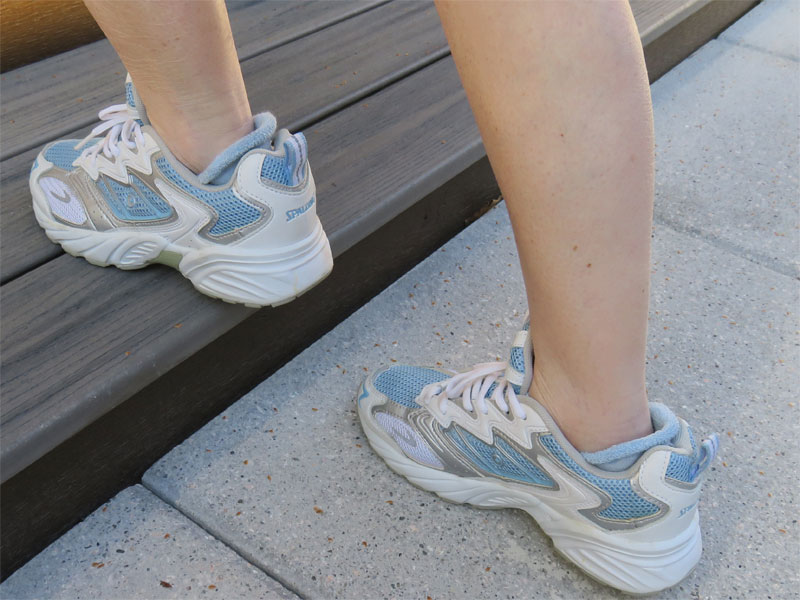
Physical Fitness
Keeping hydrated is vital to ensure the body is not confusing hunger with thirst. Equally important is incorporating an active lifestyle by engaging in regular physical activities like brisk walking, swimming or working out.
Eating right before and after exercise is as essential as the physical activity itself.
In a WebMD article, Sports nutrition expert, Dr. Christine Rosenbloom suggests focusing on food that is low in fat and fibre, moderate in carbs and protein for pre-workout meals, to include fluids and stay with food that you tolerate well.
Simple carbohydrates like fresh fruits and veggies are good as they are more quickly metabolized by the body for energy. Adding protein to your diet after exercising helps your muscles recover and develop.
Healthy choices is not deprivation, it’s about loving and nurturing a “Wholesome You and Your Family”. The ensuring benefits are relishing life to the fullest with a healthier lifestyle, and in the process, lose extra calories.
Links
Surveys
GOBankingRates Survey
OECD Better Life Index
Dietary Guides
Canada’s Food Guide
USA Dietary Guidelines for Americans
WebMD Article on Workout Meals



